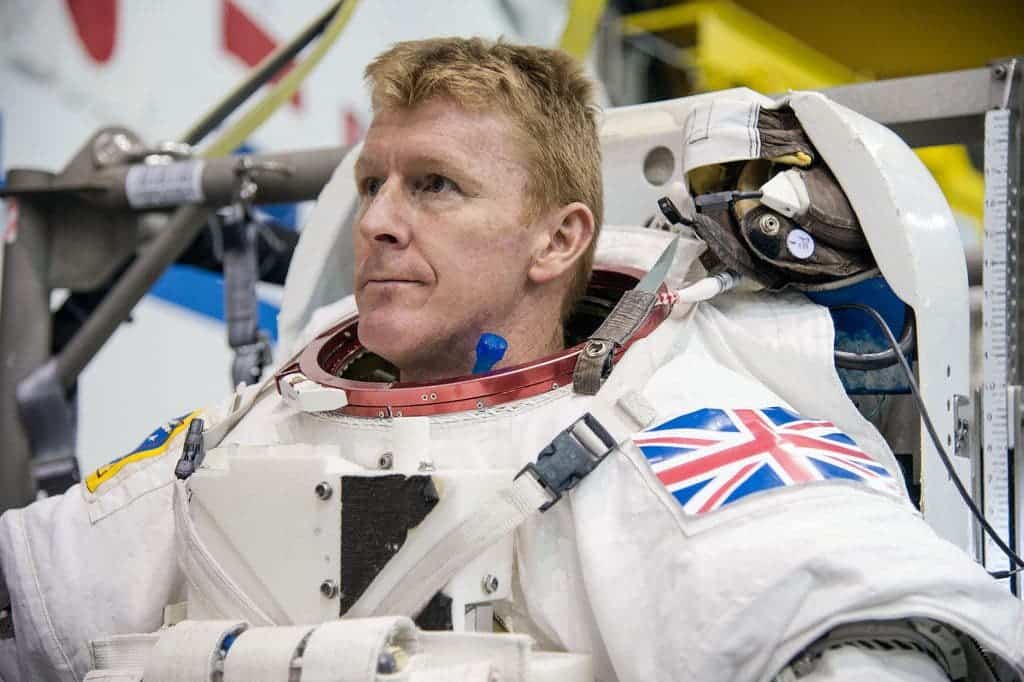
Six months, floating above the Earth, with no gravity, no family and only radio contact with your home planet. Does that sound like something you could do? It’s exactly what Tim Peake did.
Peake made history by being the first government-funded British person in space, and it wasn’t all for nothing. Since the British version of NASA, called the European Space Agency (ESA), has spent a whopping £80 million on this mission, Peake was under some pressure to make the most of it. And make the most of it, he did.
Scientific Achievements
There are about 250 experiments happening on the ISS, and most of them take much longer than six months to complete. Most astronauts, Peake included, will participate in many experiments during their time there, but they won’t be solely responsible for them.
Many of these experiments need the same supplies as Earth, but with different resources. Instead of using heat pumps, air compressors are often used instead. Because they operate without liquids, their performance remains constant, putting out compressed air at about seven miles per second. It keeps people alive, experiments running properly and keeps the ISS running the way it should.
For his return trip, Peake had a few bacteria samples, which were on the outside of the ISS. They were exposed to the harsh environment that is the vacuum of space, and will hopefully provide some insights about the limits of life.
Peake also actively contributed his blood to science. Samples taken in space are being grown in order to study epithelial cells. These are the cells that line blood vessels and don’t behave the same in space as they do on Earth. By growing samples in space, scientists hope to learn more about what causes the changes.
Peake also got to test his skills on a Mars rover experiment, which should help determine how astronauts could control rovers on Mars, when we actually get there. Putting humans into orbit around Mars and having them work with rovers to explore the surface is a much safer and more realistic option than trying to send them down to the surface and back up again.
Engaging a Generation
One of the things Peake has always been passionate about is sharing his love of science. He loved the idea of using his time in space to make an impact on children, and inspire them to learn more about it. Tim Peake has, by conservative estimates, involved about 1 million school-aged children in his projects from space. He sent seeds from space to students to grow and compare with seeds from Earth.
He also ran the London Marathon – from the ISS. He was one of the 38,000 people who ran, and he completed the race in just over three and one-half hours. In order to run anywhere in space, Peake had to be attached to the treadmill. In this case, he was attached with a bungee-harness, which allowed him to be pulled down to the treadmill, while also having some bounce in order to run. It’s not exactly comfortable, but it works.
Peake also performed the first spacewalk by an ESA astronaut. He was tasked, along with his team, with repairing a failed power generator, attaching cables to the outside of the ISS and replacing a valve. On Earth, all of that would be fairly easy. It’s a different story in space. Peake trained for months before completing this spacewalk.
Altogether, Tim Peake made some pretty hefty contributions to the science of space. His largest achievement was sparking interest in the mission, and getting people excited about space again. a feat he spectacularly accomplished.






